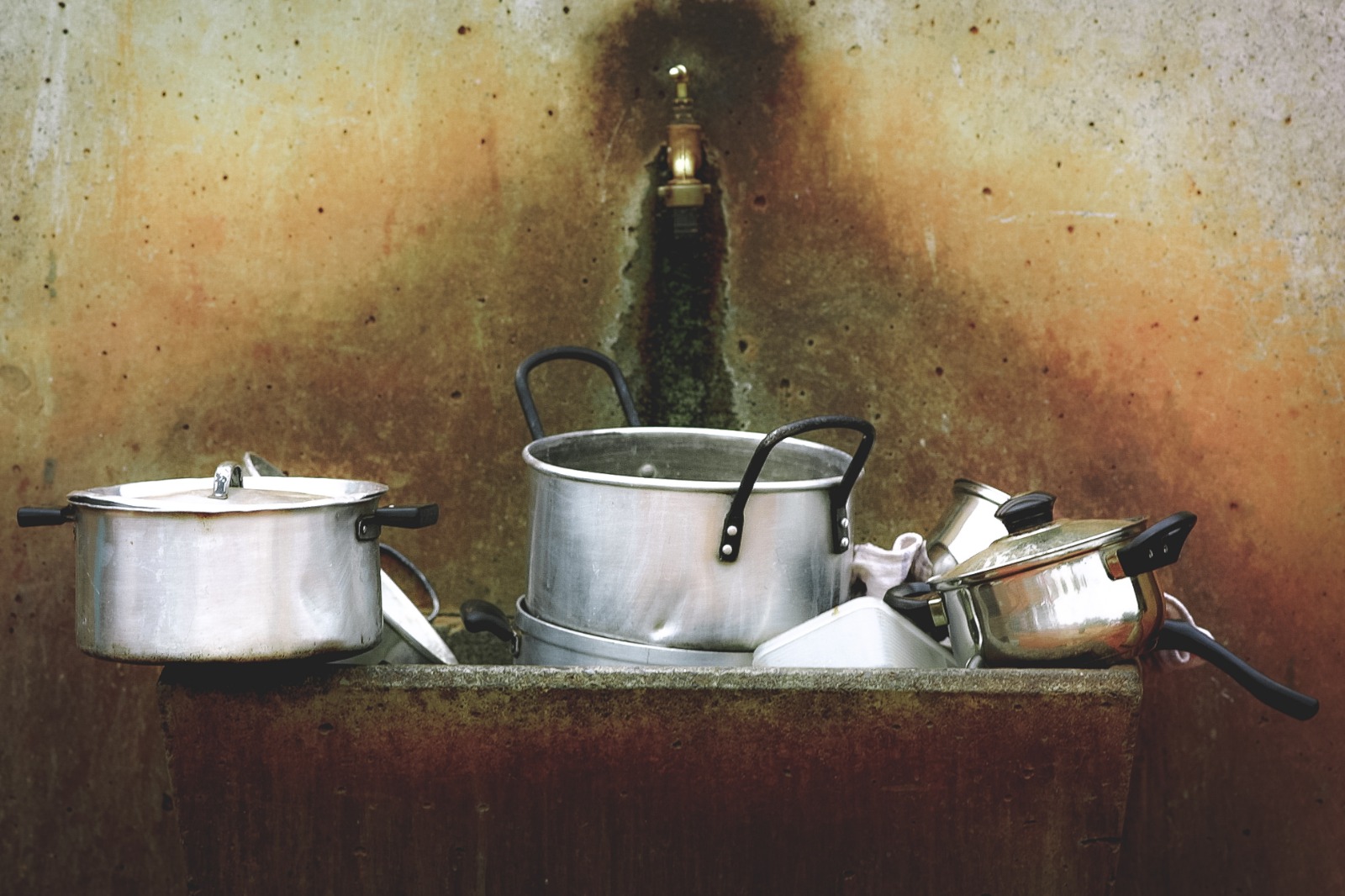Following the publication of the poverty report
The findings of the National Insurance Institute’s 2016 report on poverty and the social gaps show that between 2015 and 2016 haredi society recorded a slight increase in the incidence of poor families, from 44.6 percent to 45.1 percent. The poverty rate of persons and of children in the haredi population is even higher, at 52.6 percent and 58.7 percent respectively.
In response to the report’s findings, Nitsa (Kaliner) Kasir, deputy chair of the Haredi Institute for Public Affairs – who also headed the Employment and Economics Subcommittee in the Alalouf Committee (the Committee for the Fight Against Poverty) in 2014 – said, “the solutions to reduce poverty in haredi society must take into account all the layers of poverty in haredi society and the unique characteristics of that society. The policy moves must be guided by culture, because it is impossible to help a population in contradiction to its beliefs and culture.” Accordingly, she and Assaf Tzachor-Shai published an article presenting additional data that facilitated the analysis of the haredi population and the general Israeli population from other angles. That data was based on additional ongoing surveys of the Central Bureau of Statistics: the social survey, which focused on the population aged 20 and over, and the consumer trust survey, which interviewed persons aged 21 and up. The picture portrayed in those two surveys from 2016 is that the economic situation of haredi society is better than is reflected in the official poverty figures, which are based on only one aspect of poverty and are based only on the Central Bureau of Statistics survey of the households’ expenses.
That article showed that even though the household expenses survey by the Central Bureau of Statistics shows the difficult economic situation of haredi society, the Central Bureau of Statistics published other surveys in 2016 – a social survey and a consumer trust survey – which shed additional light on the economic situation of haredi society, and which portray a different picture. The data from these surveys present a much more optimistic picture of the economic situation in haredi society than that reflected in the poverty report. For example:
- 71 percent of haredim aged 20 and older are satisfied with their economic situation, a figure that is 8 percentage points higher than the rate among non-haredi Jews (among whom 63 percent are satisfied with their economic situation).
- Only 8 percent of haredim in that age bracket reported feeling poor in the past year. That figure is significantly lower than the poverty rate calculated from the official poverty index, and is not significantly different that the rate among non-haredi Jews.
- The rate of haredim who reported ever feeling poor stood at about 28 percent, and is lower than the rate among non-haredi Jews (36 percent).
- The rate of persons aged 21 and older who manage to save some of their current income is 31.6 percent, just 7 percent less than the rate among non-haredi Jews and almost double the rate among Arabs. These haredim, who manage to save on a regular basis, are evidently not poor.
- At the same time, the rate of haredim who are in debt or draw on their savings to cover their expenses is much closer to the rate among non-haredi Jews than to the rate among Arabs (29.9 percent, 23.9 percent and 40.8 percent respectively).
These findings indicate that poverty as reflected in the official poverty index does not necessarily reflect the lack of ability to provide for essential needs, or a low level of welfare or a perception of poverty. This holds true for any population, but even more so for a closed society with its own special characteristics – demographic, cultural, religious and more – such as haredi society. An examination of the relative poverty in haredi society, with the reference point as haredi society itself, shows that its poverty rate is much lower than that calculated based on the official poverty index and only slightly higher than in non-haredi Jewish society. In addition, the haredi population is coping with low income in several ways: mutual aid with funds and products, volunteering and mutual assistance and interest-free loans. This is in addition to the transfer payments received from the state, from individuals and from institutions in Israel and abroad. Expenses in haredi households are similarly low, among other reasons, due to the minimal consumption of luxuries, lower prices that reflect a different balance between supply and demand, and group purchases at low prices.




